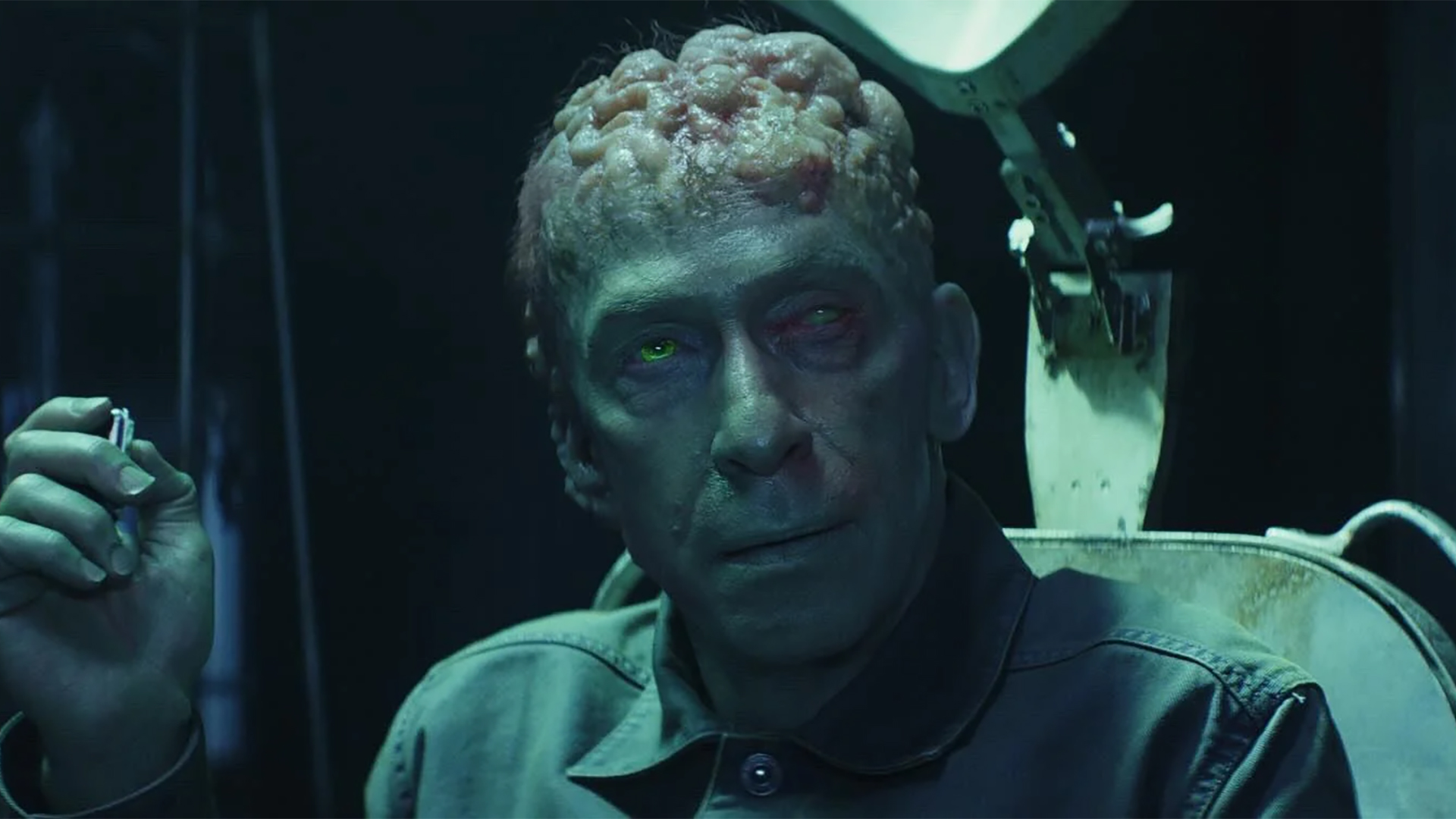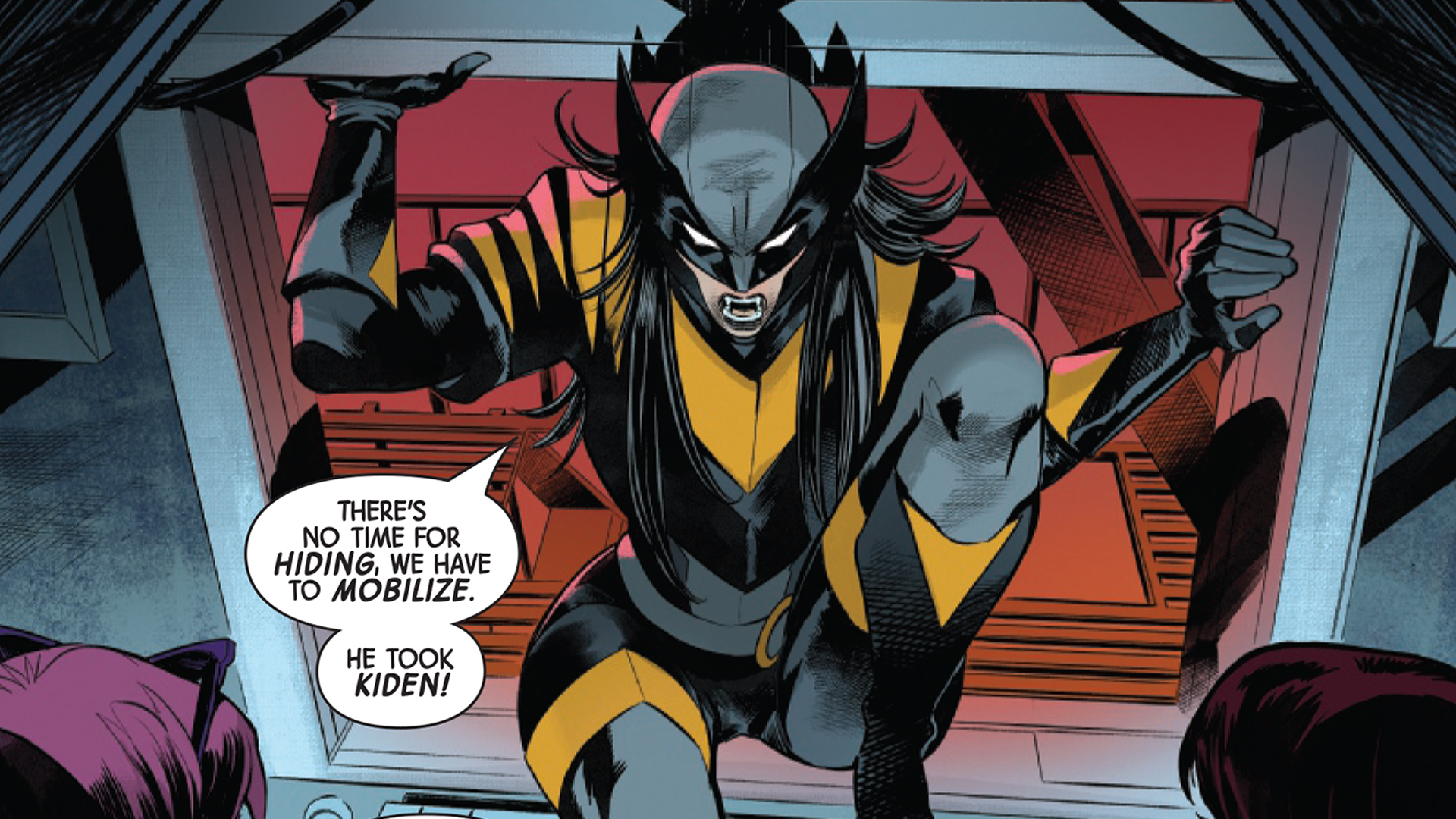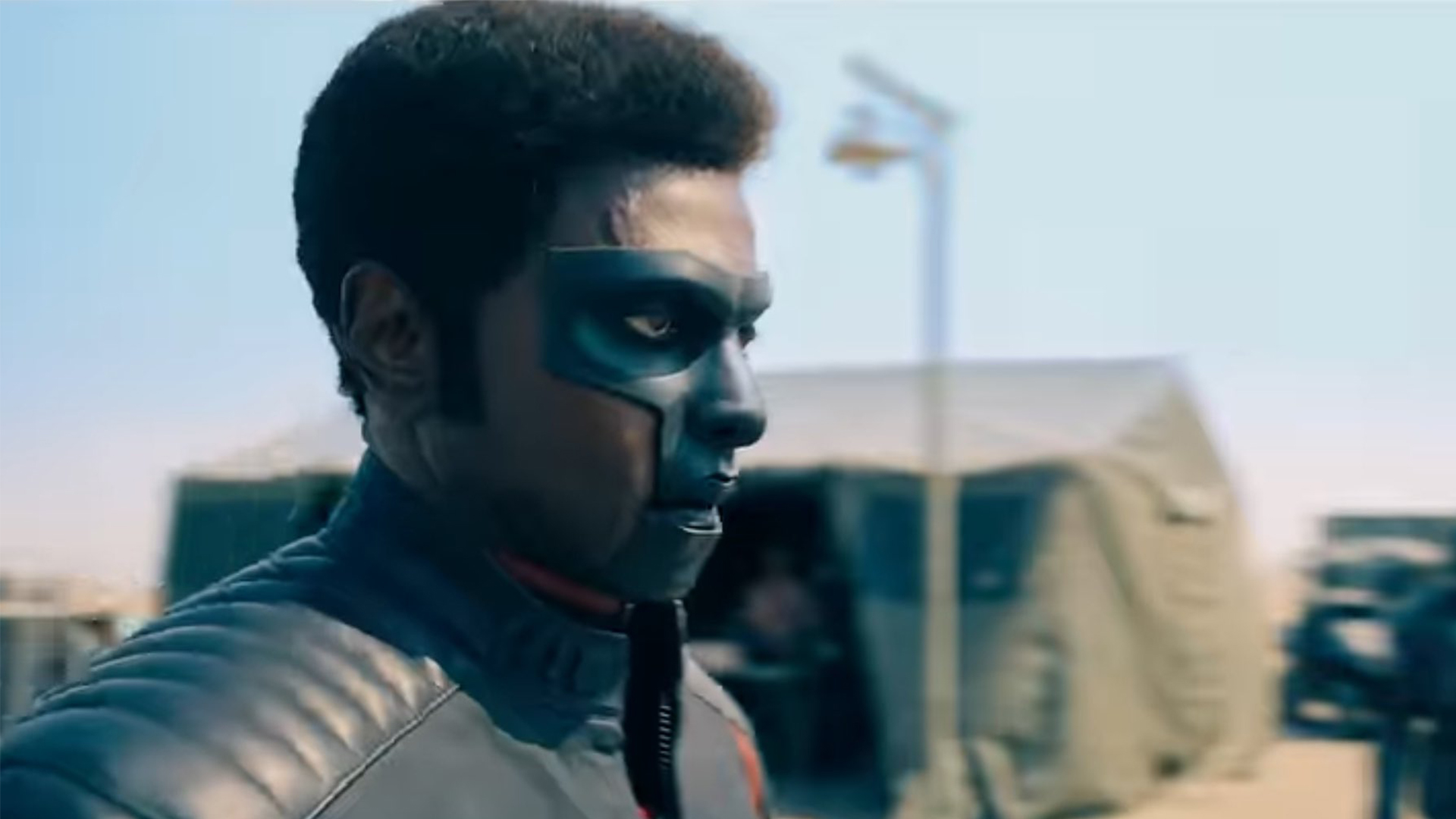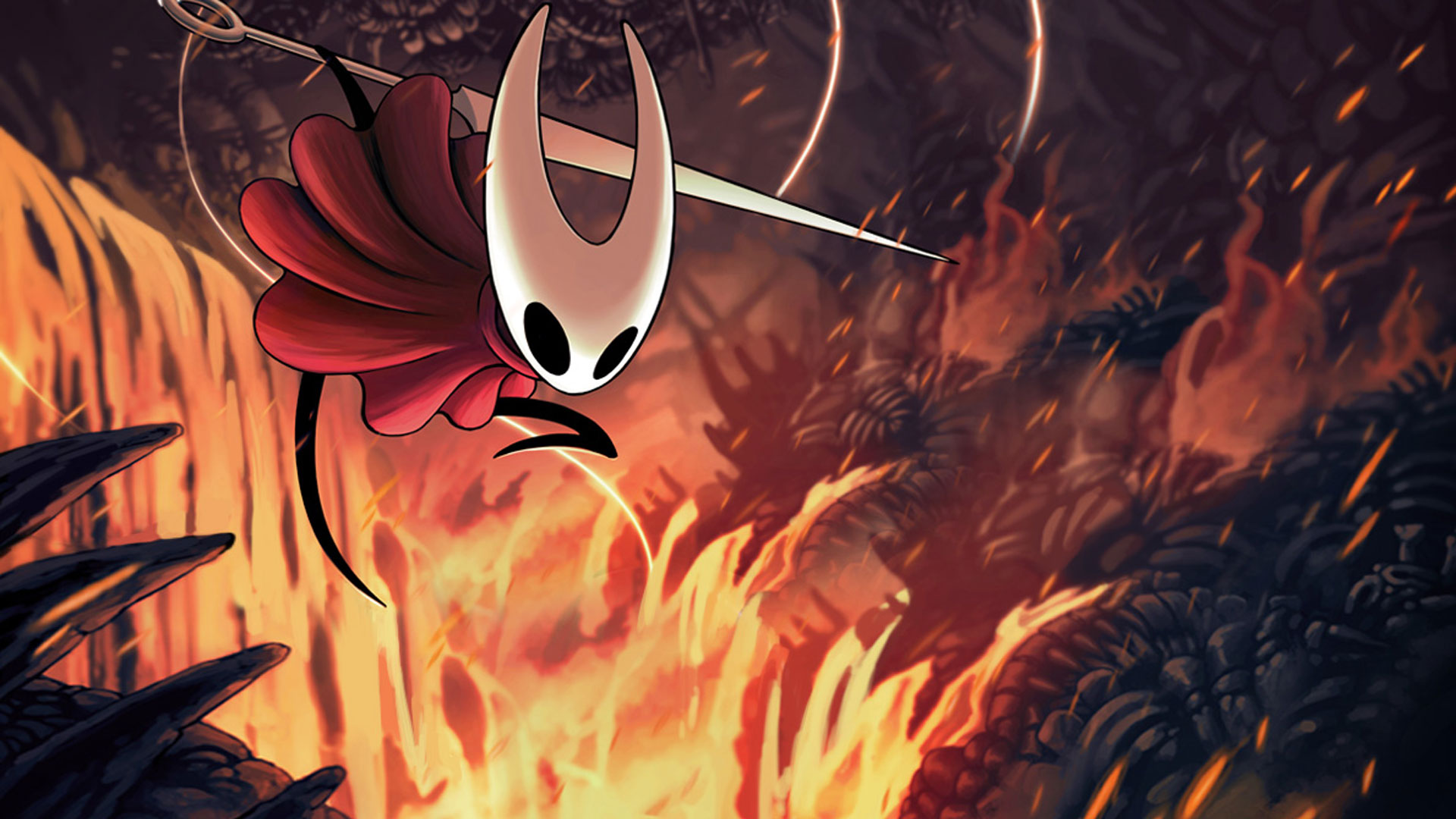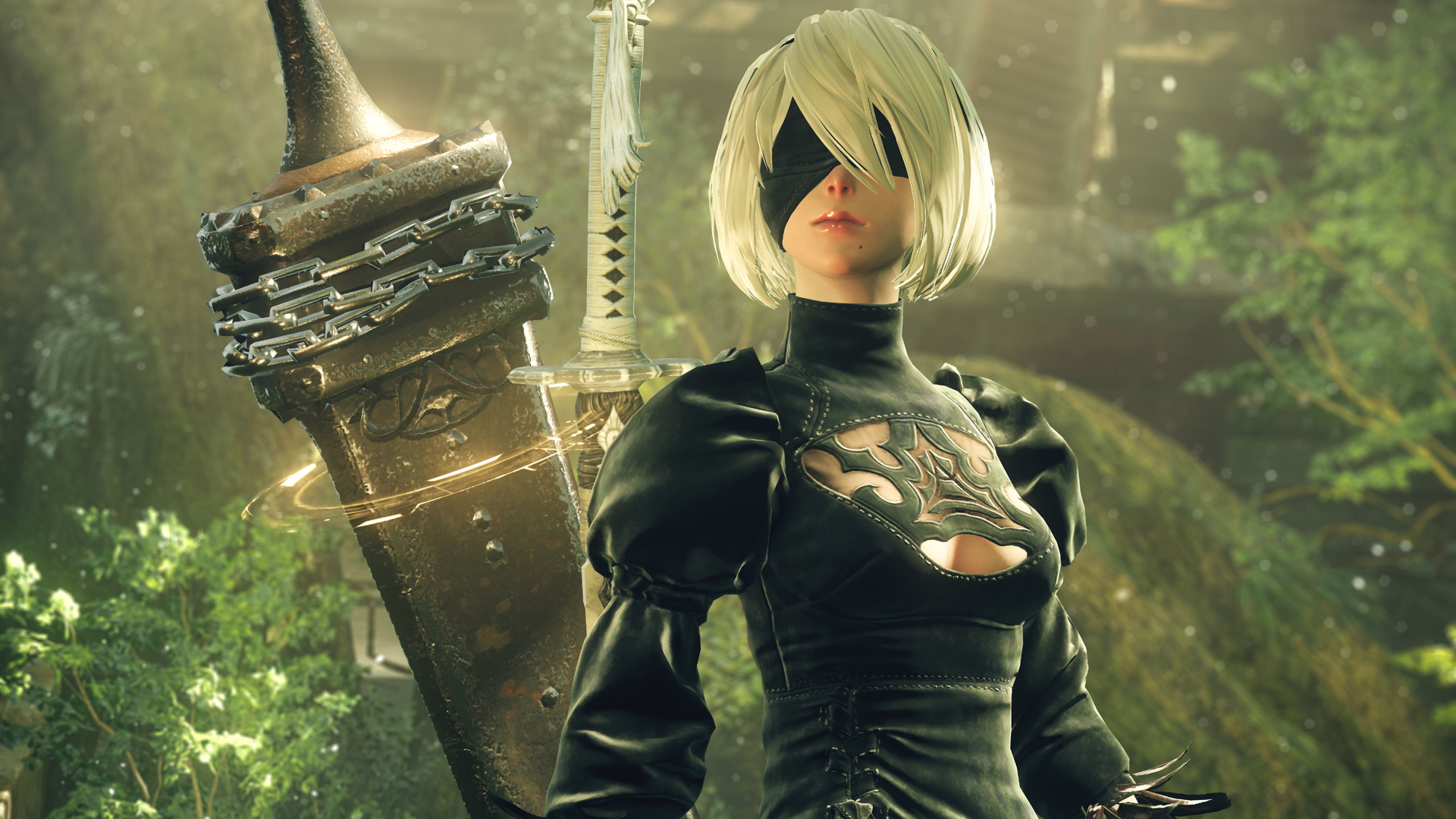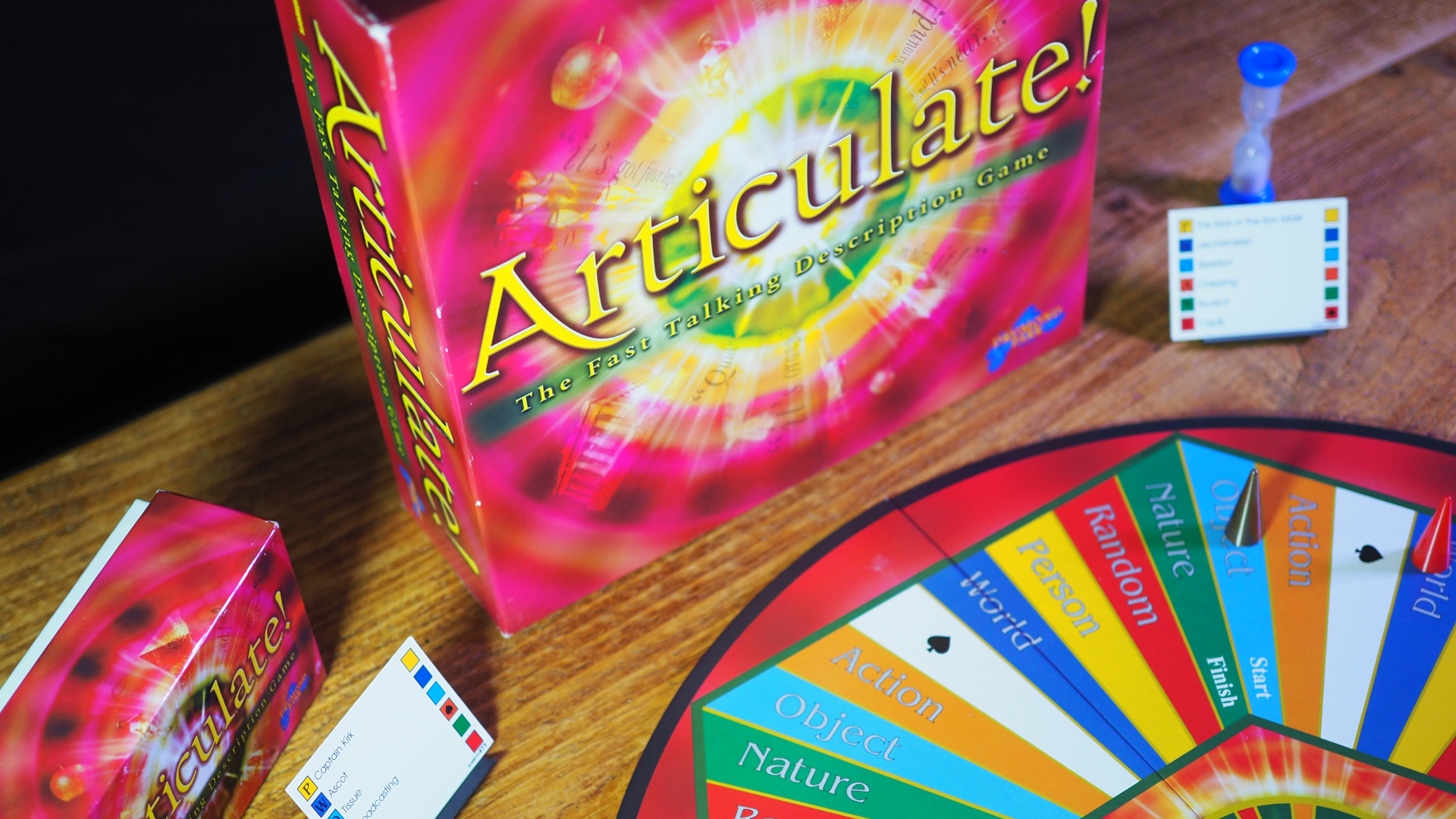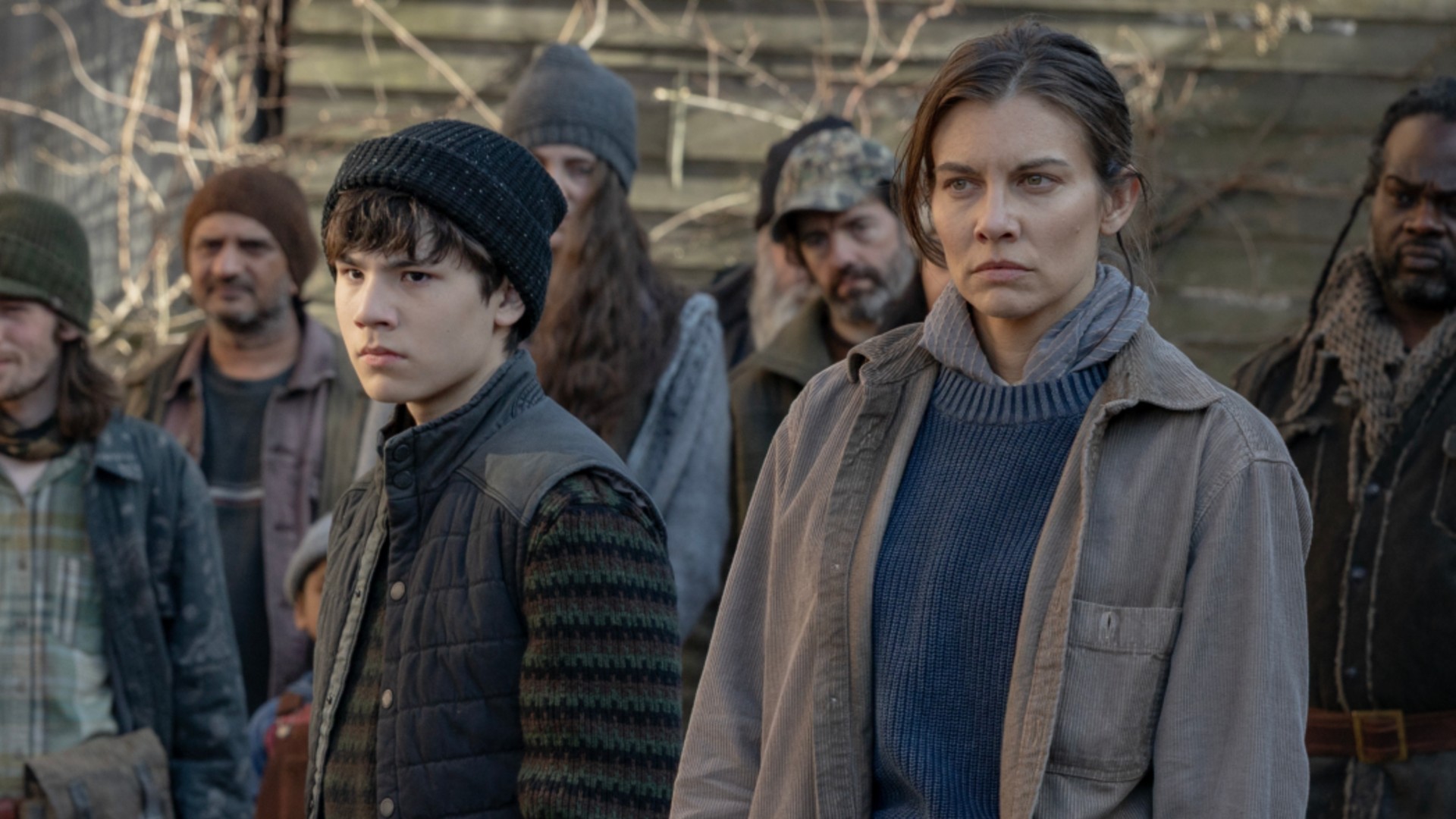When you purchase through links on our site, we may earn an affiliate commission.Heres how it works.
Newsarama: Hello Manu.
Manu Larcenet:I was immediately enthralled by the atmosphere created by Cormac McCarthy.

Manu Larcenet’s very worn copy of the novel.
I draw violence or kindness, wild animals, dirty skin, pits, and stagnant water.
I enjoy the contrast between the characters and their environment.
I was also very sensitive to slowness and the absence of Hollywood-style action scenes.
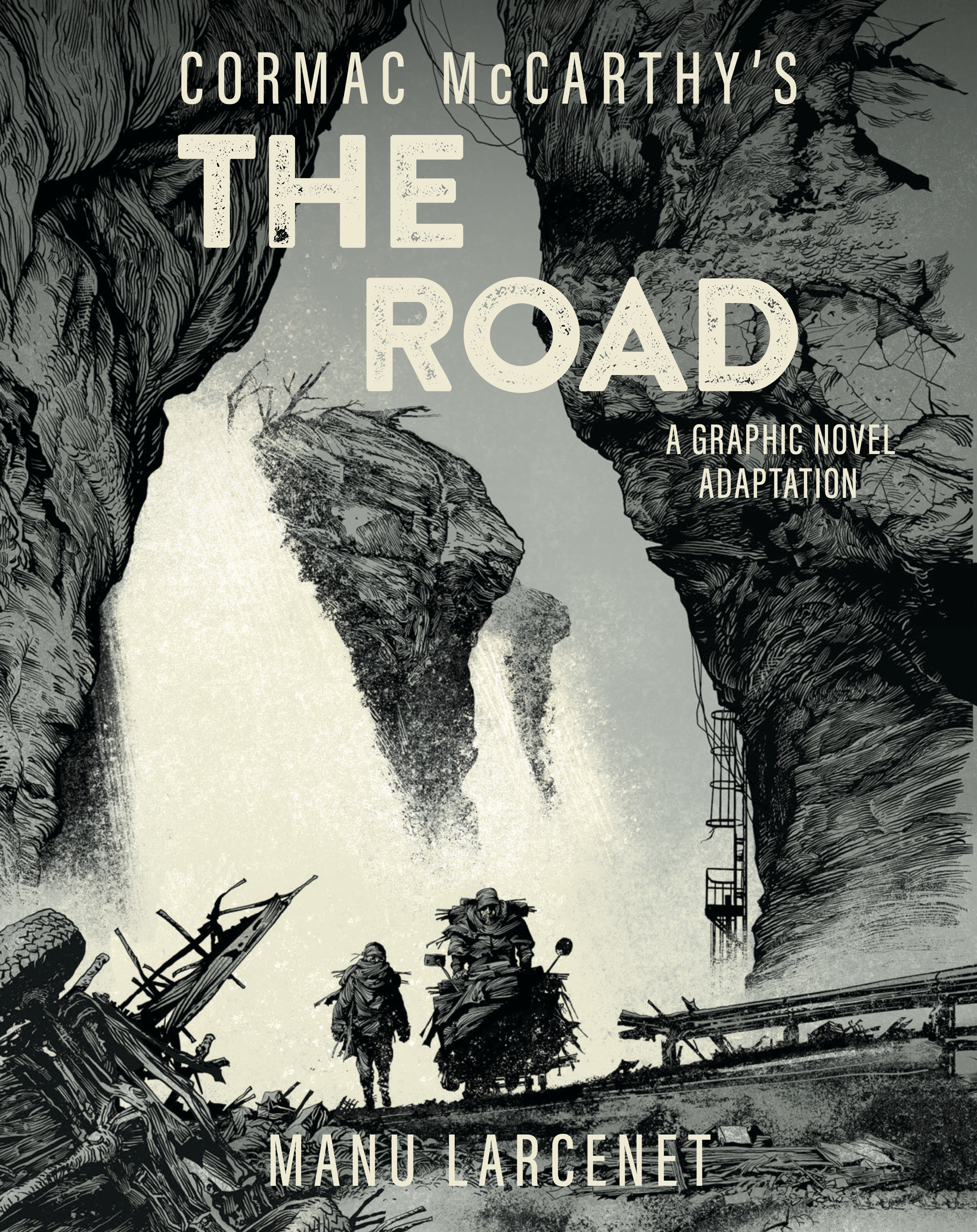
Manu Larcenet’s very worn copy of the novel.
There is no classic narrative arc but rather a succession of scenes, sometimes very contemplative.
I know that you wrote to McCarthy personally, asking his permission to make this adaptation.
Larcenet:To present my project of adaptation we got in touch with McCarthy through his agents.
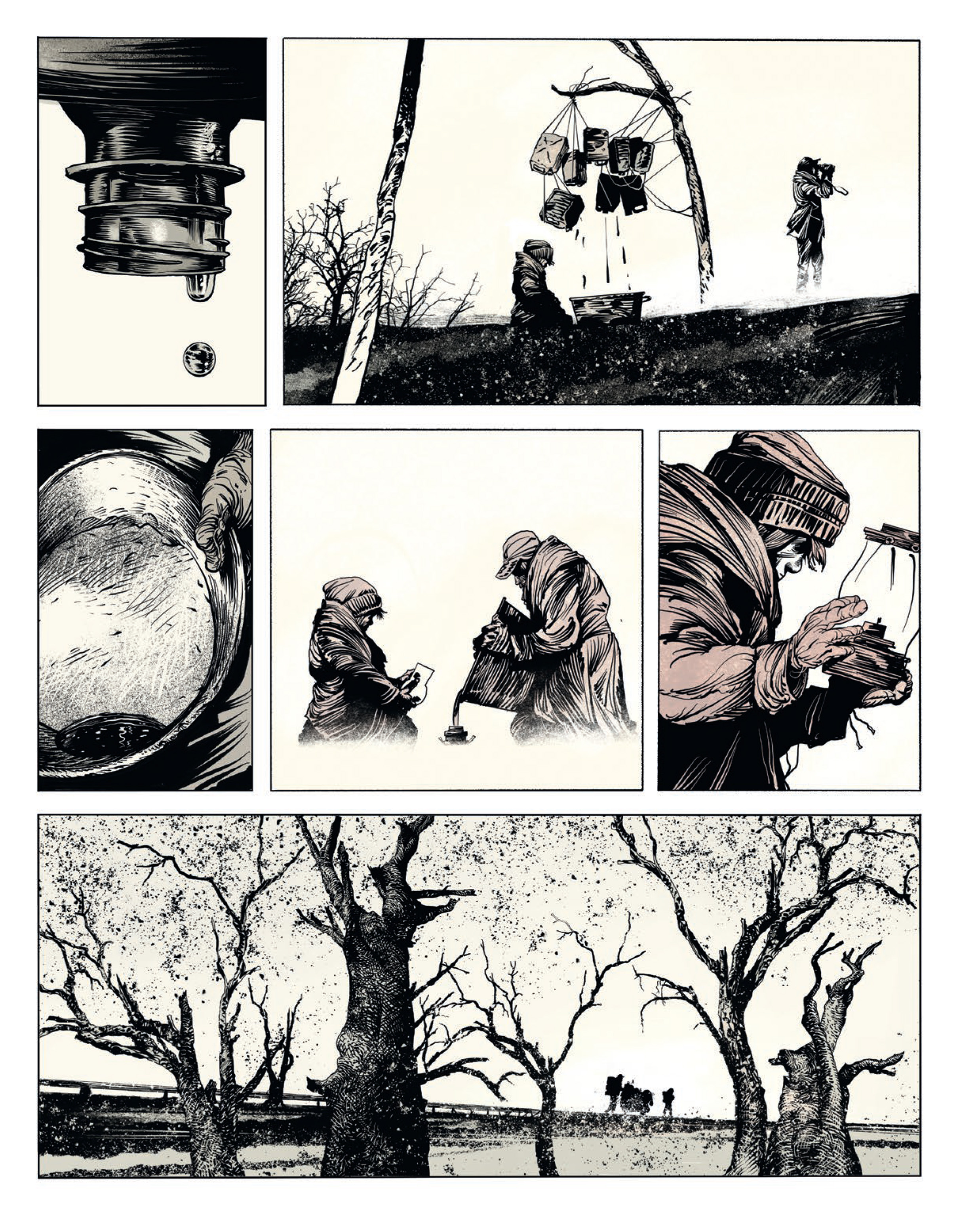
I was only told that he was both happy and impressed by it.
Which is both too little and a lot.
It so happens that I had complete freedom.
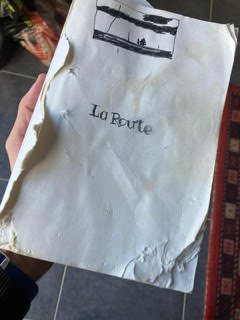
Manu Larcenet’s very worn copy of the novel.
Your art for The Road is staggeringly beautiful and extremely detailed.
This must have been a massive project.
How long did it take to create?
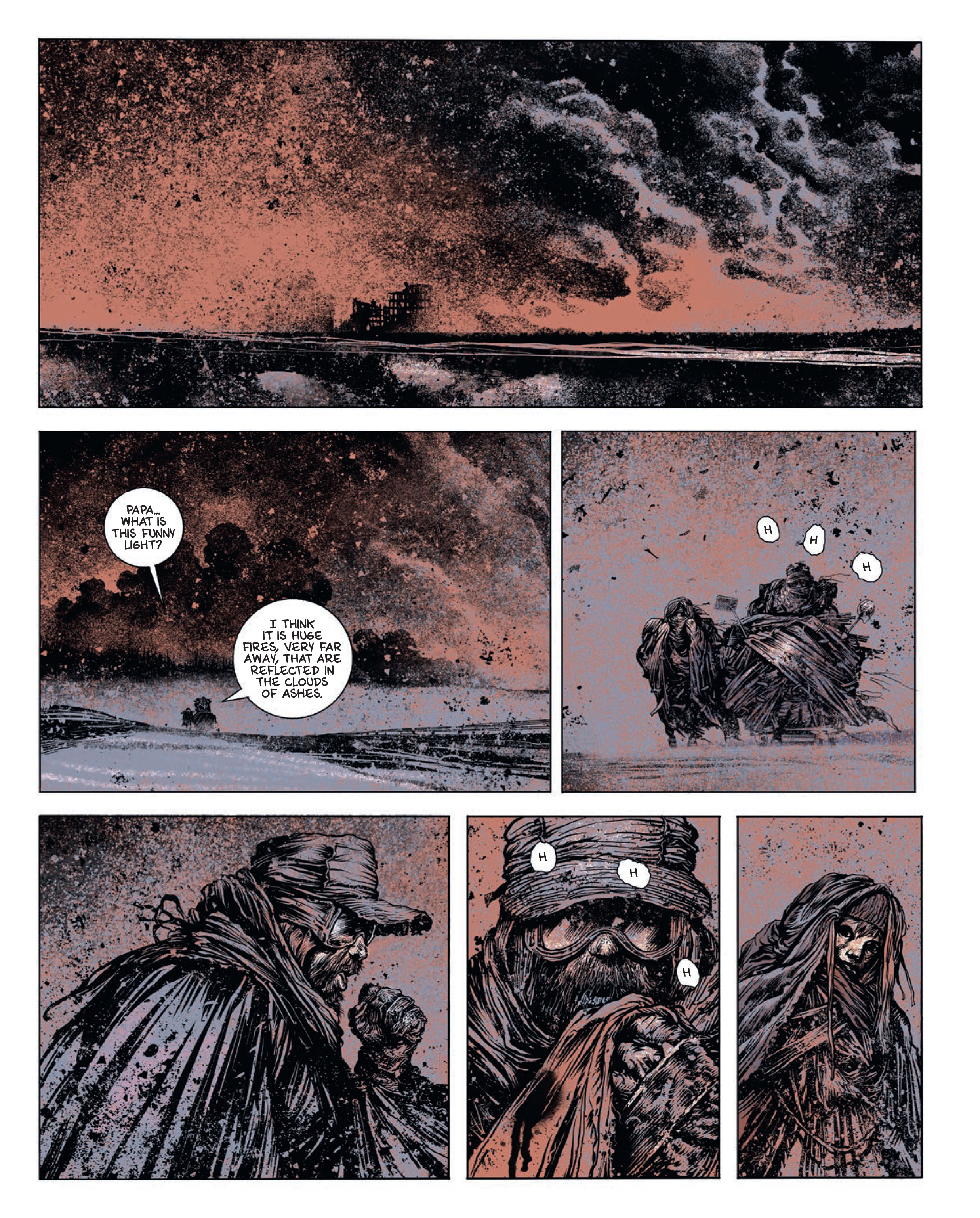
Larcenet:Thank you, it’s always rewarding to know that the readers have been so attentive.
At the end my copy of the novel was not in such a good shape… Did that present you with new challenges as an artist?
Larcenet:I think I can draw almost anything, but the challenge was there anyway.
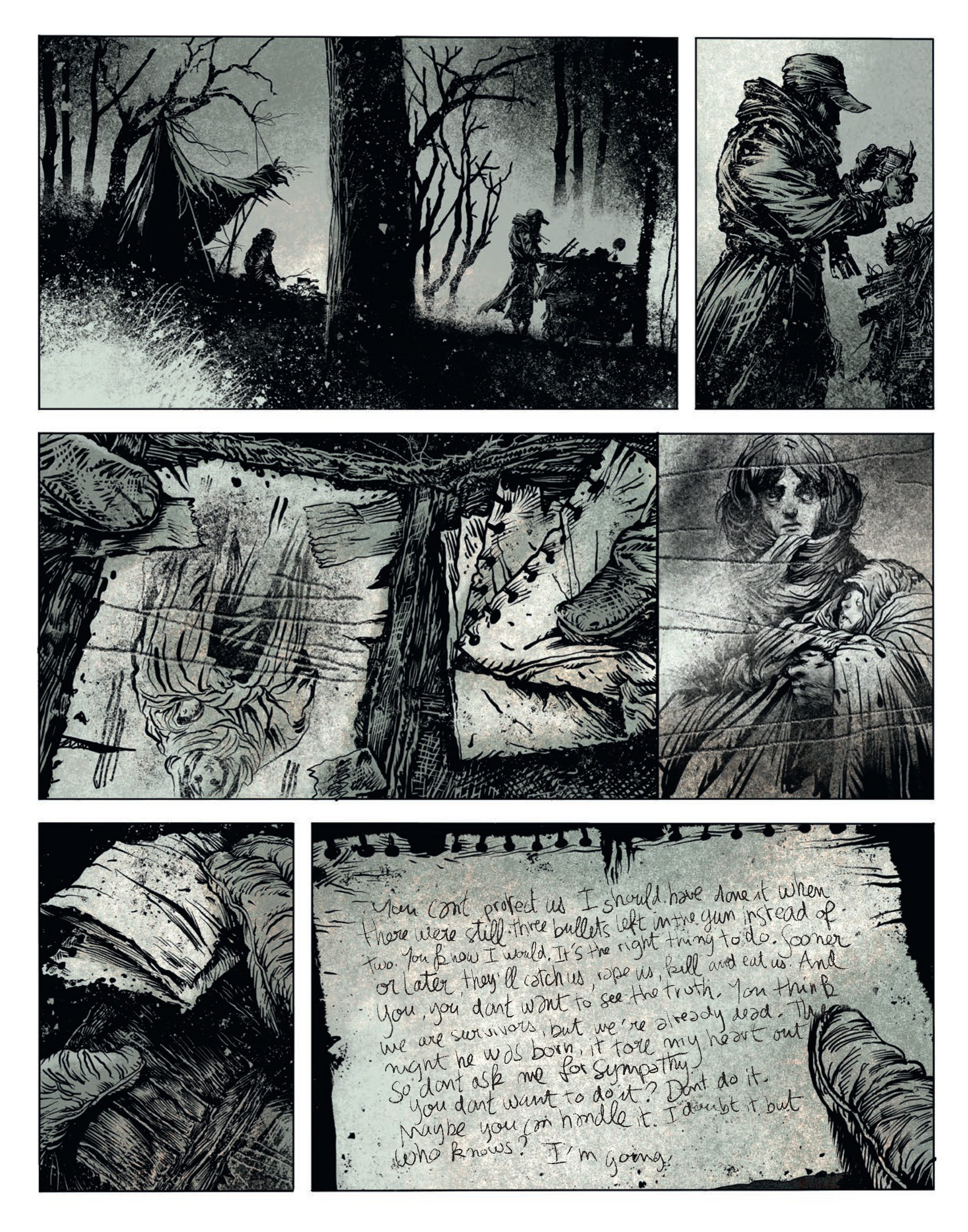
A setting without nature, without leaves, without animals…
I was afraid I would not be able to sustain it over time suffocated by that coldness.
The ashes, omnipresent, did change everything by clothing that setting, by tinting and then transforming everything.
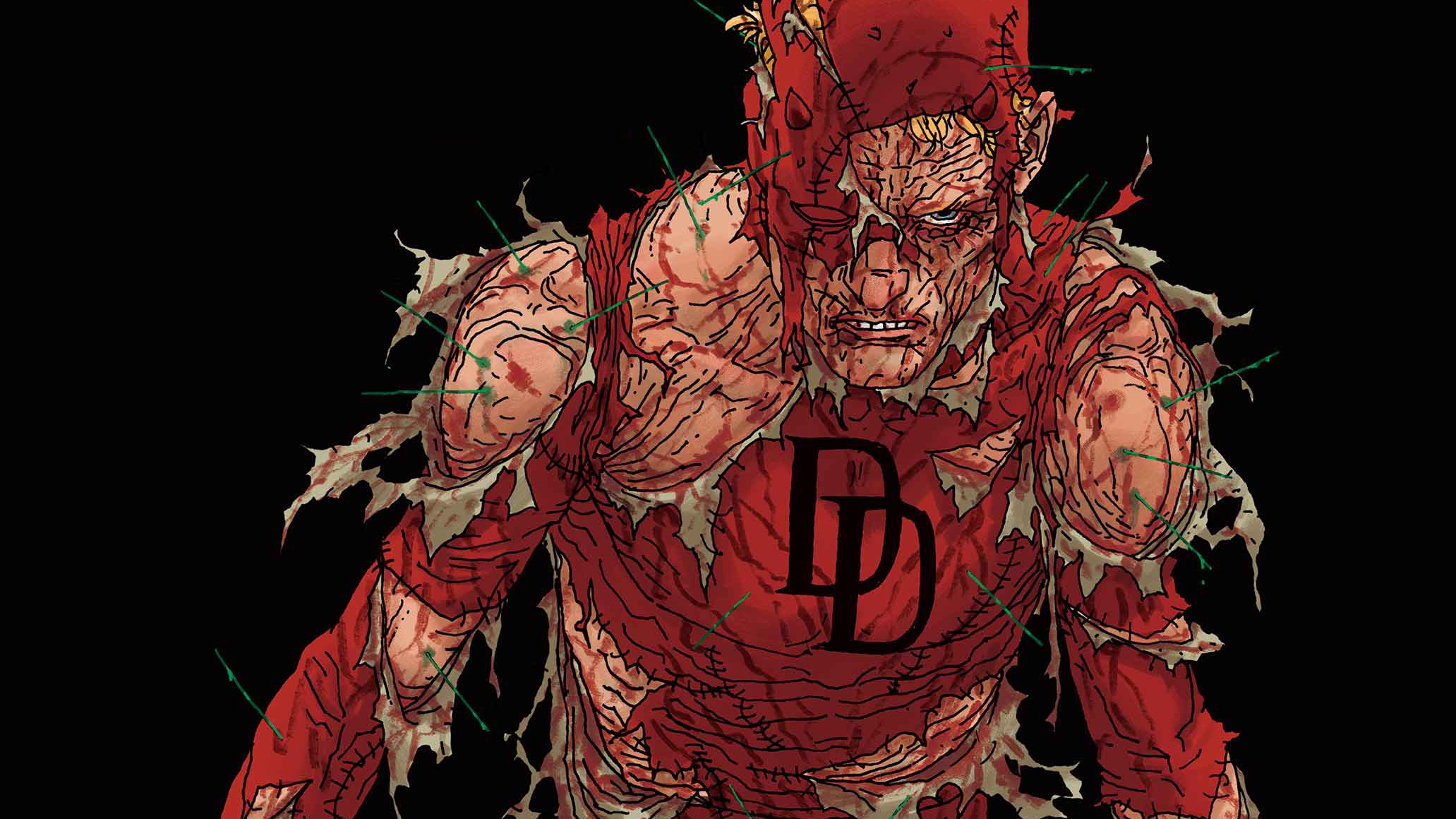
There was also the difficulty of creating an album from a novel of little action and very few words.
When McCarthy describes a landscape in a few lines it may sometimes take me three pages to render it.
So I needed readers to go through my drawings as if it were text.
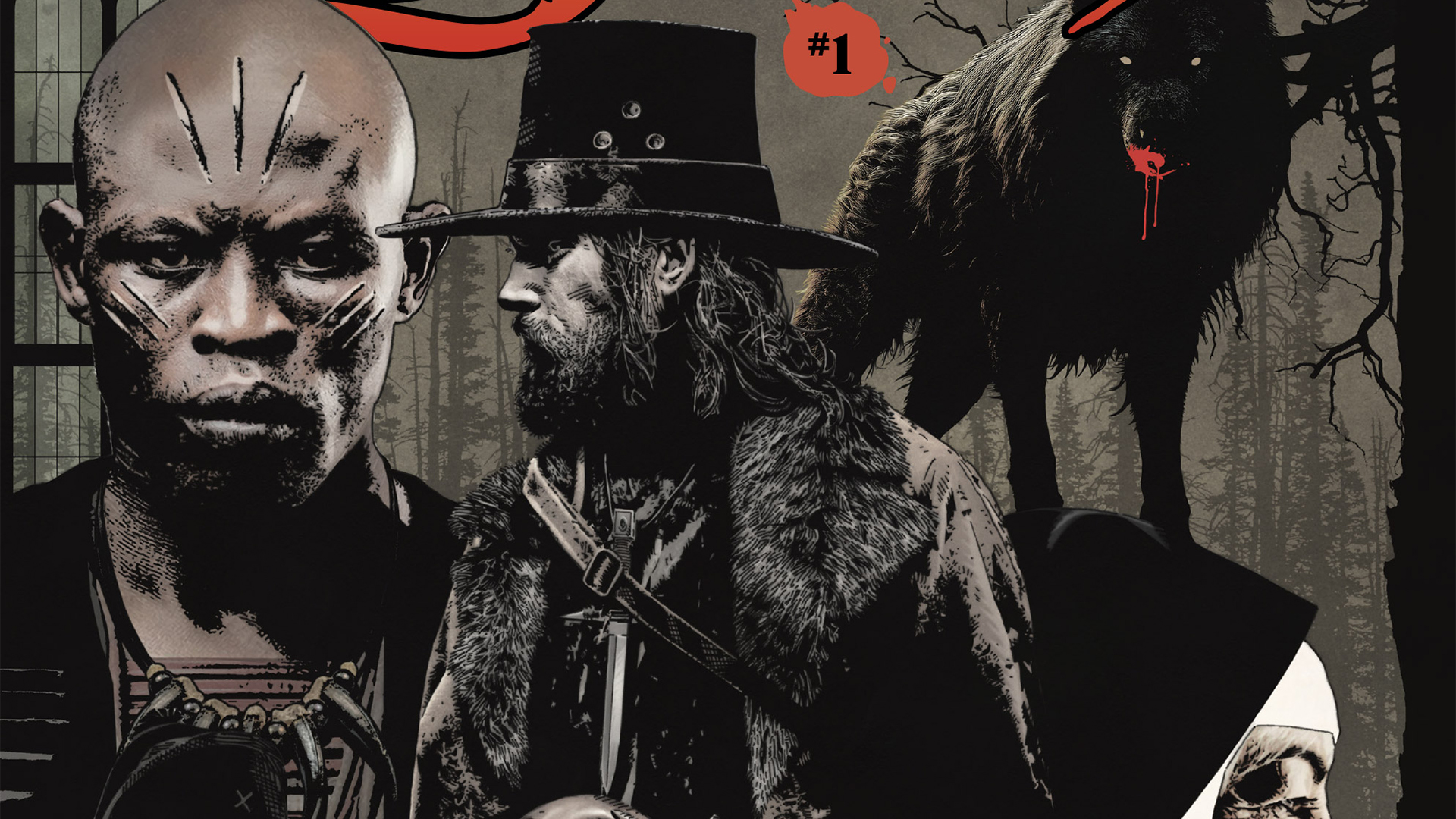
And I felt I would be able to draw the silences of the novel.
Did you have any strong visual reference points for this book?
Larcenet:Not really, I wanted to distance myself from the movie.

The graphic style was imposed from the start, that of a classic drawing far from caricature.
I knew that immediately and, if any, inspiration could have come from Gustave Dore.
I then remembered my classes when I was an art school student and my discovery of colored grays.
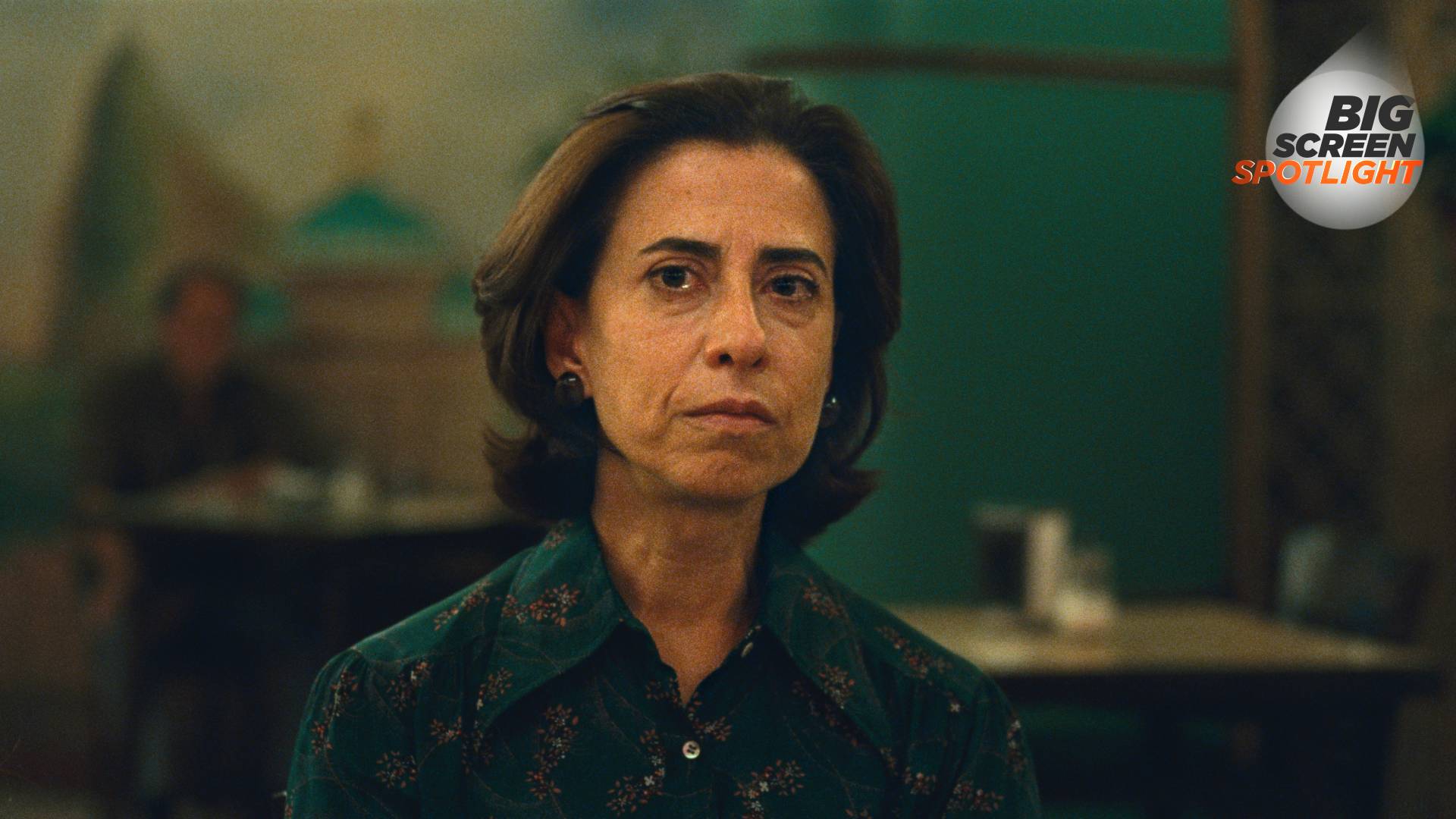
A way to soften the drawing without denaturing it, a very sparing use of color.
This is a very bleak story and you had to be immersed in it for a long time.
Was that ever difficult?
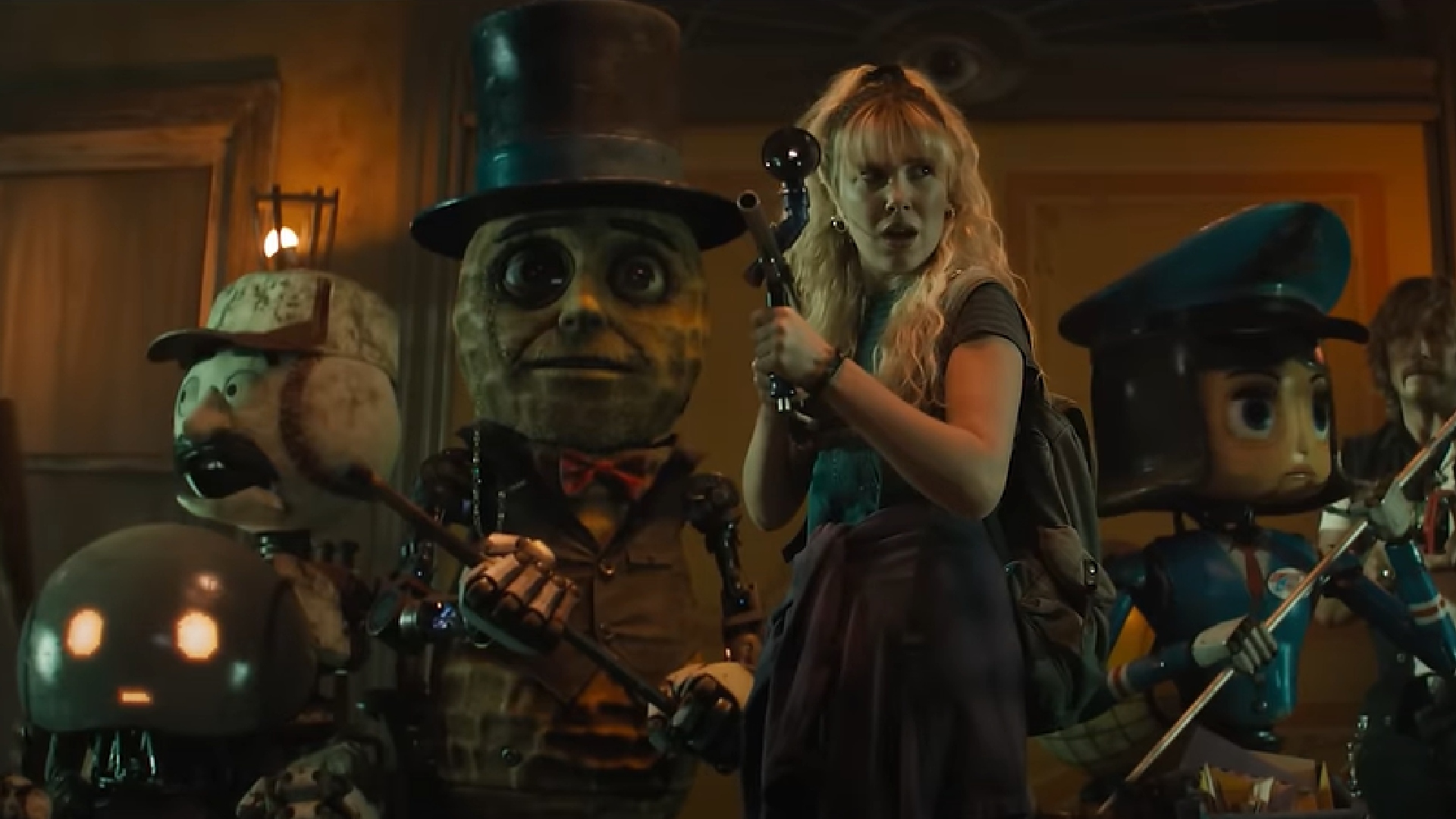
Of course, living in such a universe has been demanding and somehow depressing.
And I sometimes suffocated in that coldness and got lost in the dark universe I had recreated.
The Road was originally written in 2006 and became an instant classic.
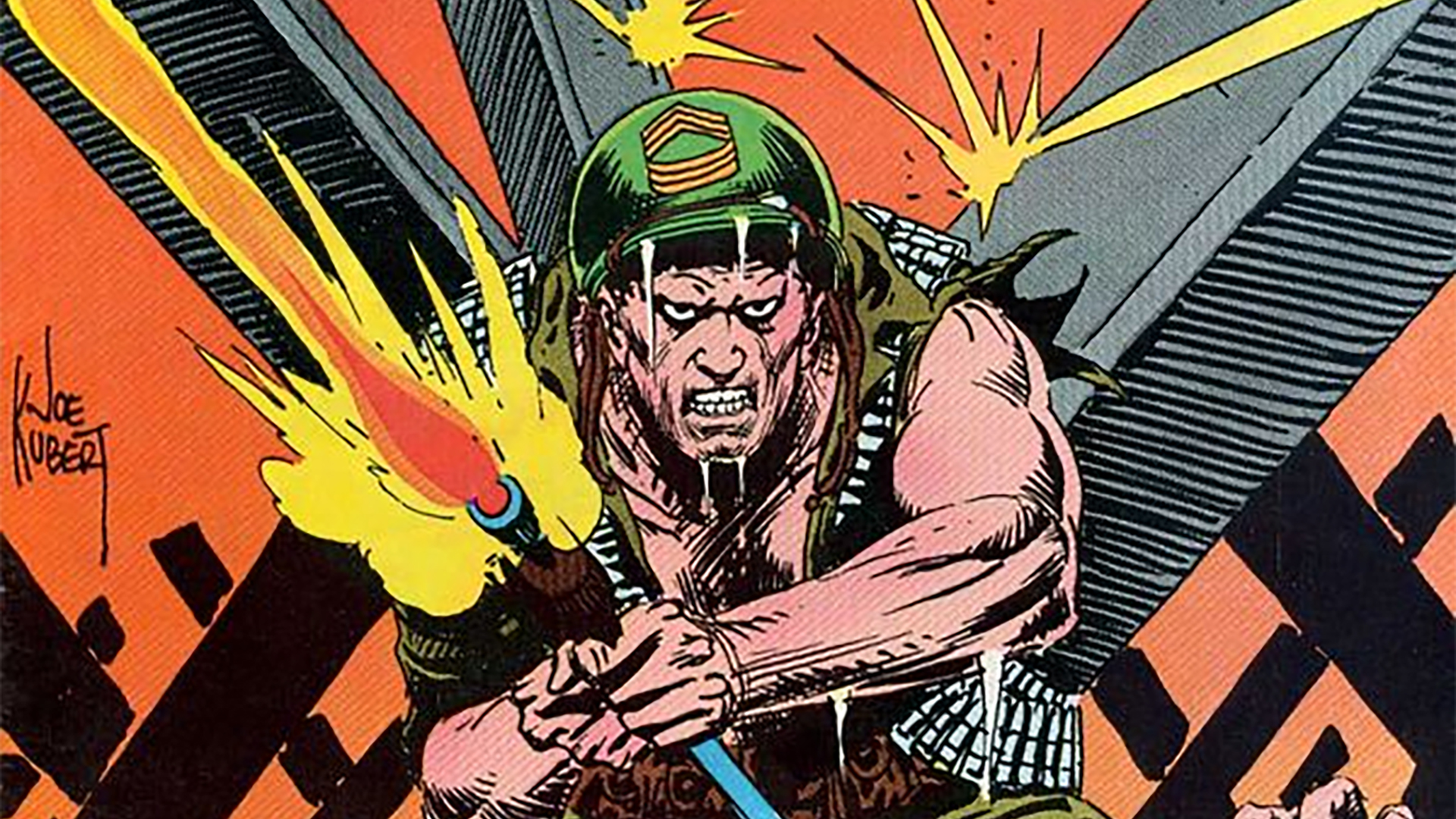
What do you think it is about this story that makes it endure?
Larcenet:What is The Road about?
Their endless wandering, fighting cold, hunger and fear in a hostile, lifeless and dangerous post-apocalyptic world.
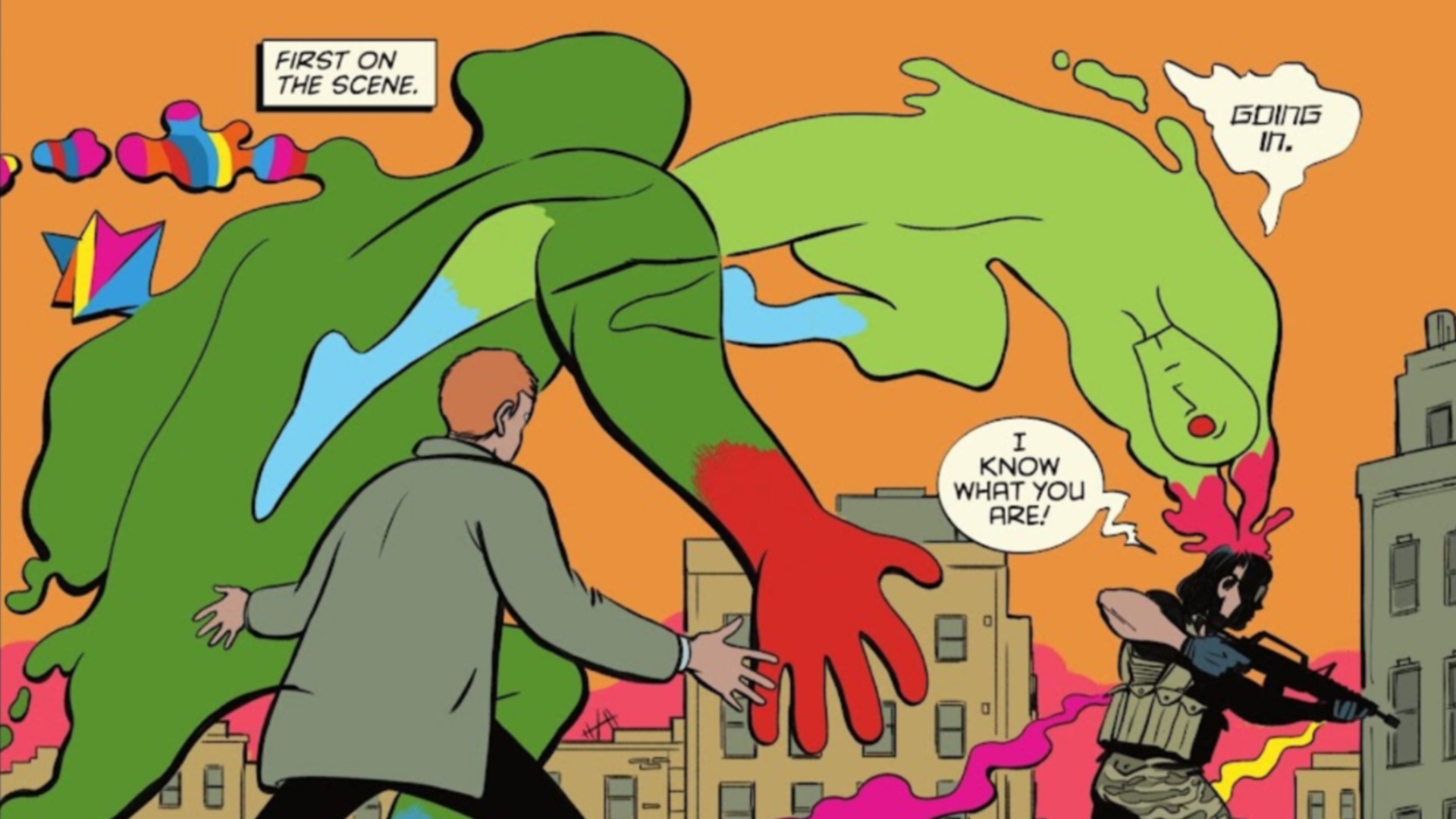
And Cormac McCarthy staged them with extraordinary efficiency and economy.
I hope that the readers will see The Road graphic novel as a great tribute to an immense writer.
What’s next for you as a creator?

What are you working on at the moment?
I am presently working on a very personal new album which is also an ambitious and long-term project.
The torments of creation will be at the heart of this new album.
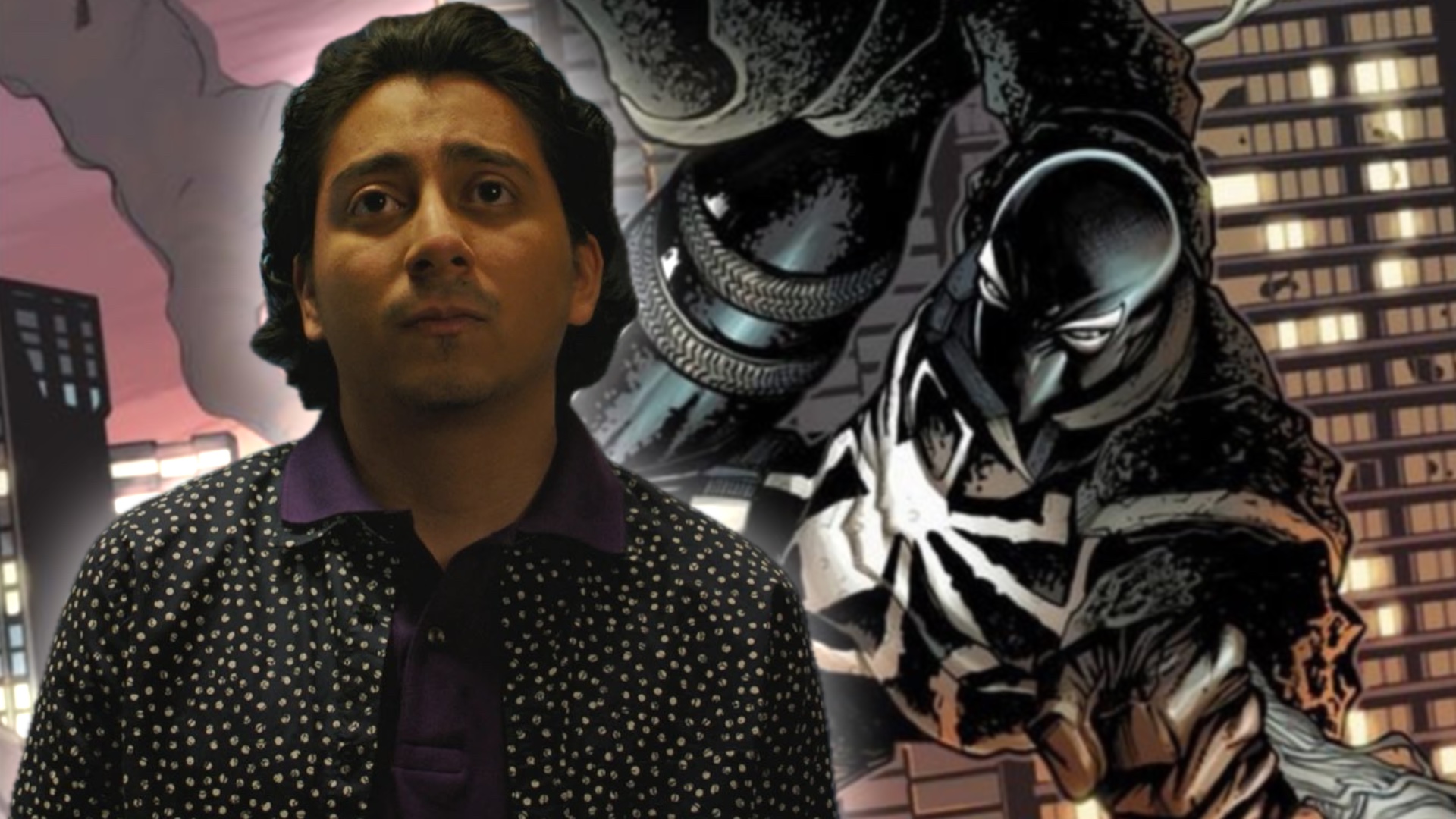
One last word: drawing is my life, but it does not mean that my life is easy.
The Road is published by Abrams ComicArts on September 26.
Discover the shadowy world ofTula Lotay and Becky Cloonan’s eerie folk tale Somna.
